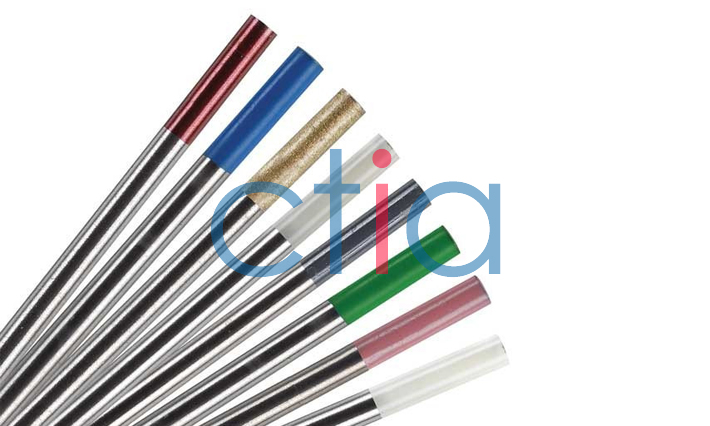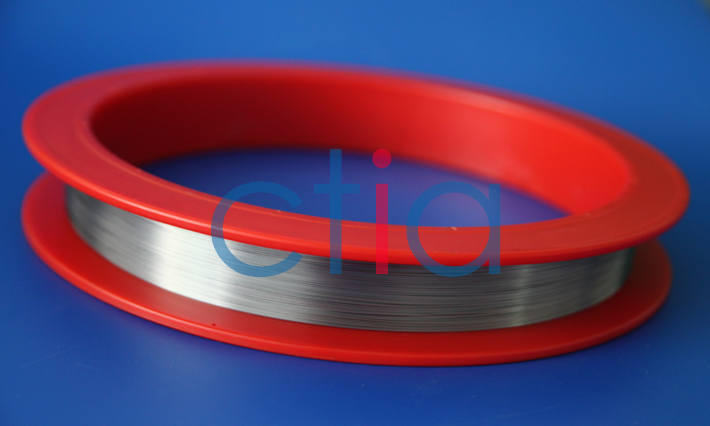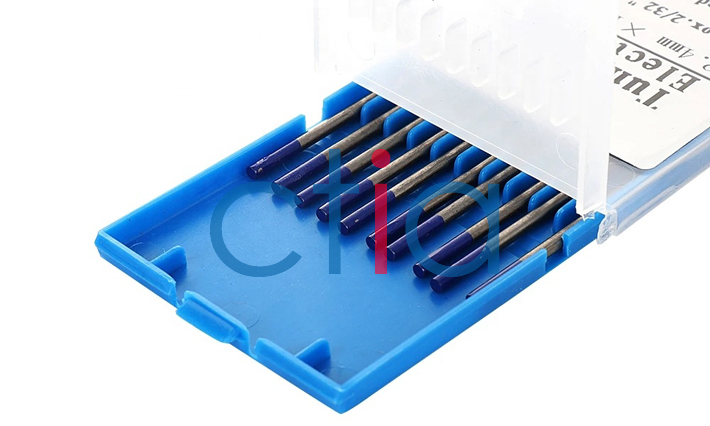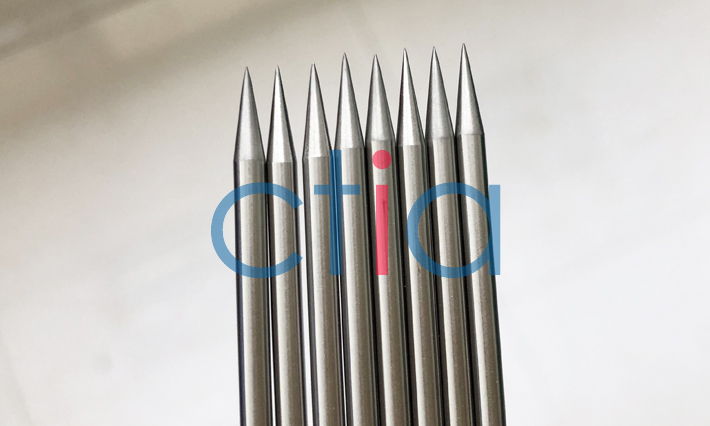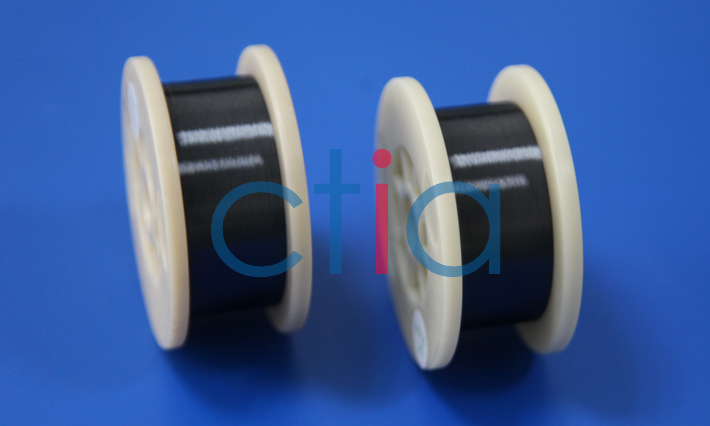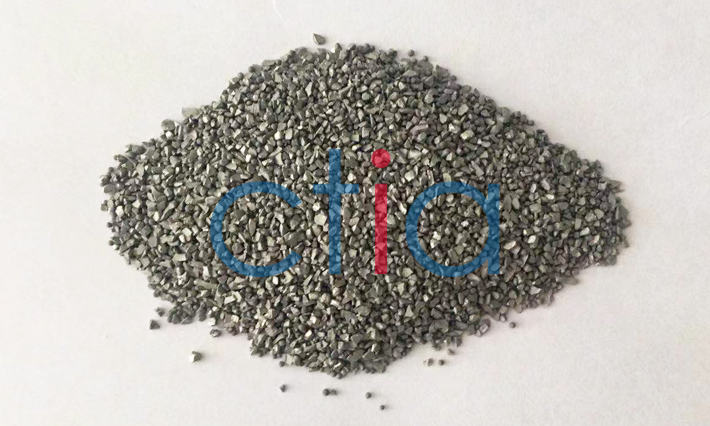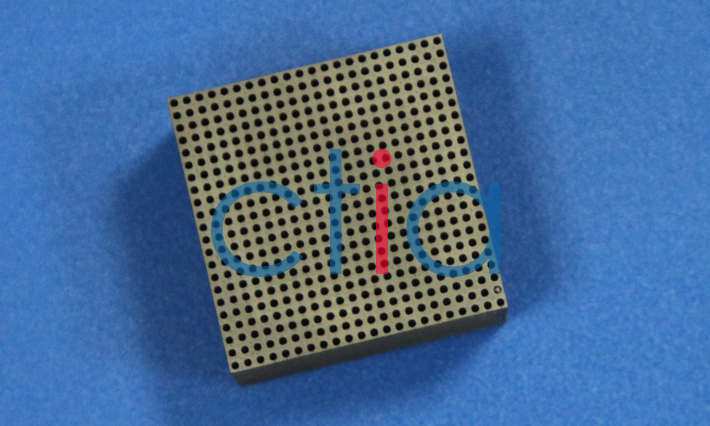Introduction
Tungsten filaments, also called cathodes or electron emitters or electron sources, are mainly made of high-quality tungsten. Of all pure metals, tungsten has the highest melting point (3422°C), the lowest vapor pressure at temperatures above 1650°C, and the highest tensile strength. Tungsten also has the lowest coefficient of thermal expansion of all pure metals. This combination of properties makes tungsten an ideal material.
Types
Electron guns work at high temperatures, which are necessary for thermionic emission. For this purpose, the electron gun filament or cathode should be made of a material with a high melting point so that it emits electrons continuously. The tungsten filaments are folded into various shapes to help focus the electron beam. The shape is customized according to the application.
Applications
Filaments are often used as evaporation source materials for vacuum evaporation machines, and are mainly used in the production of computers, picture tubes, mirrors, plastics, car lights, mobile phone casings, precision optics, craft glass, cosmetic packaging and photovoltaic products. The benefits of using metallized tungsten filament in the evaporation process include low cost, long life, high speed and low power, repeatability and ease of use.
In addition, the product can be used in ion guns and field emission (CFE) electron guns. Electron beams come from filaments made of various materials, the most common of which is a tungsten electron gun, which is widely used in scanning electron microscopes, transmission electron microscopes, and microprobe systems. The filament is a tungsten ring that acts as a cathode, applying voltage to the loop to heat it up.

